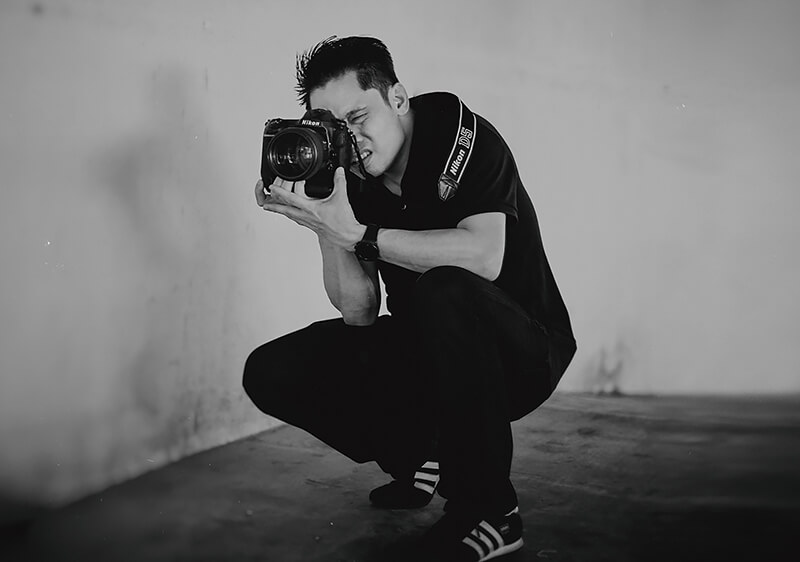Donell Gumiran is a Design & Senior Art Director based in Dubai.
"Every time I press the shutter, it seems like it's an extension of my personality,"- Donell Gumiran. He sees himself as an image-maker who captures and tells a story in a photograph. The Filipino lensman sees his photography as an art form, borne from his
desire to create on canvas and his professional training in design, when he worked as a
design director in a creative agency. Now based in the U.A.E. Donell is known for his
evocative portraits and travel photography. His favorite subjects are those that capture
human conditions and emotions in everyday life. His knack for sharing his stories,
captured through the lens, has won him international recognitions. He is the recipient
of numerous awards both local and international. Donell Gumiran is also photographer
& contributor for Asian Geographic Magazine.
Recently, He won in Tokyo Foto Award, Japan - Gold 2019, 1st Prize in documentary
category 2018 - International Photography (IPA) Awards Los Angeles, USA. 1st Place
Winner 2018 The Independent Photo Travel Award, Berlin, Germany - He was
adjudged the 2017 grand prize winner of the Travel Photographer Society International
Photography Contest Awards in Kuala Lumpur, Malaysia in 2017 and was awarded as
"Portrait Photographer of the Year 2017" for Asian Geographic Images of Asia for its
Asia without Borders program in Singapore. Donell Gumiran also awarded as Photographer
of the year by the Filipino Times 2017 UAE. In addition, he was also one of the
winners in the Life Framer World Travelers Competition judged by magnum photographer
Steve McCurry. Most of his works have been exhibited in New York, Tokyo,and
Rome. He was awarded also as Curtin Dubai's Photographer of the Year - Urban Art
Festival 2018. On the home front, Donell was recently chosen by the National Commission
for Culture and the Arts under the office of the President of the Philippines to
receive the coveted "Ani ng Dangal Award 2018 & 2019." "I think my real accomplishment
was that I was able to use photography as a significant instrument to help the
world for the better. My work gives me a chance to capture and preserve memories of
our time." He sits on the Board of Directors as creative director of Team Juan Makasining,
and uses this position to encourage other photographers to express themselves
through their art.
"Start as passion, not as a profession." - Donell Gumiran
